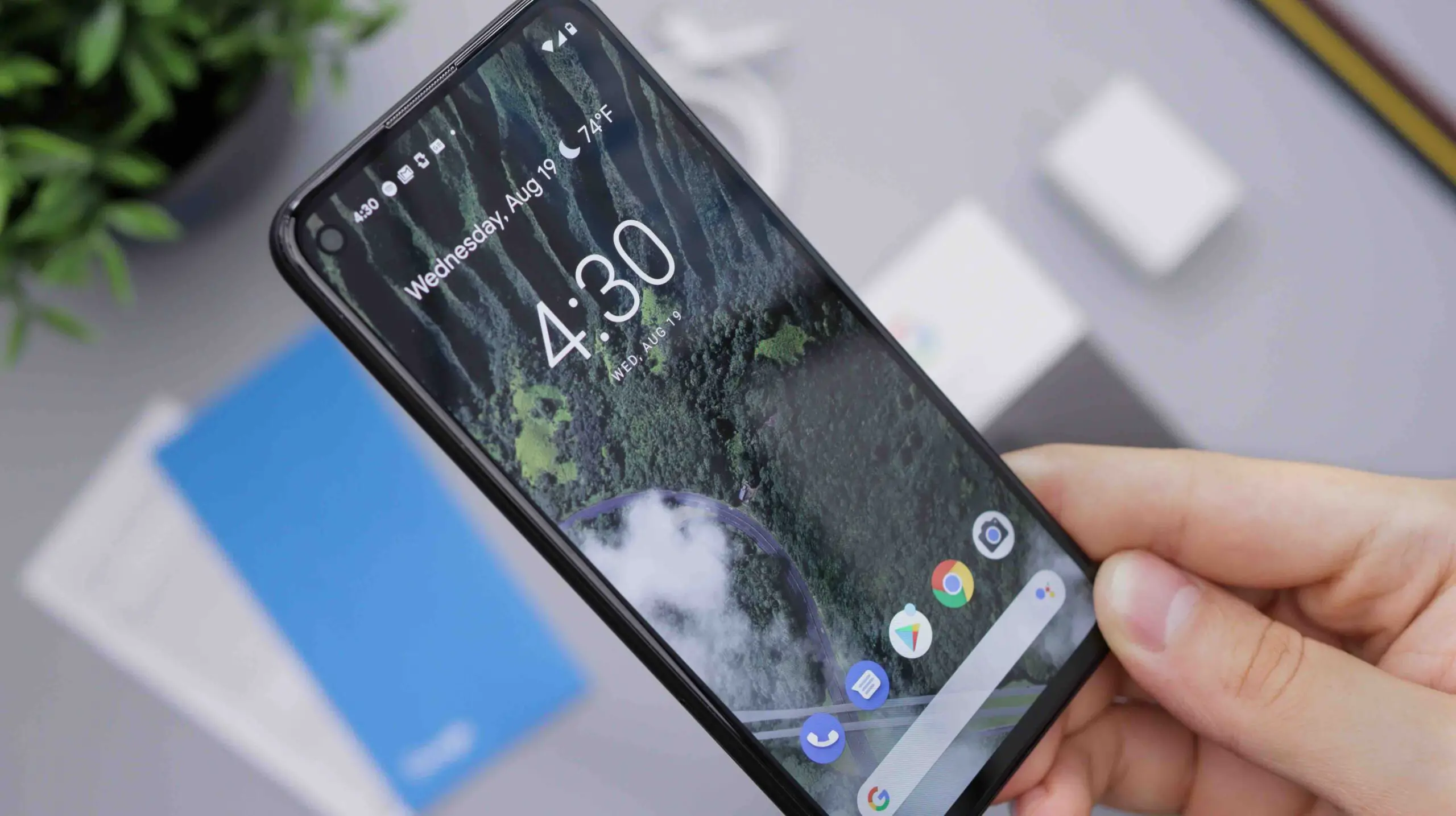Have you ever found yourself struggling to pay your phone bill? You’re not alone. Government cell phone service providers might be your answer.
Government cell phone service providers like the Lifeline Program offer affordable communication services, ensuring everyone can stay connected. The top providers include Assurance Wireless, Safe Link Wireless, and Q Link Wireless.
I’ll peel back layers of mystery surrounding government cell phone service providers in this article. We’ll explore who qualifies for these services, how they operate, and their role in today’s increasingly digital society.
So, let’s dive in!
What is the Lifeline Program?
The Lifeline Program isn’t a newcomer to the scene. Believe it or not, it’s been around since 1985! But what on Earth is it exactly? Simply put, it’s a government benefit program designed by the Federal Communications Commission (FCC).
And its purpose? To ensure that everyone in our country has access to affordable communication services. That includes both broadband internet and telephone services. After all, being connected in today’s digital age is more vital than ever.
And finally – how do you get into this lifeline action? Easy-peasy! You need to apply through your preferred telecommunications provider who participates in the Lifeline program or directly through your state’s public utility commission.
Top Government Cell Phone Service Providers
Here Ill give you the chart and go into more detail below.
| Provider | Offerings | Coverage Area | Unique Features |
|---|---|---|---|
| Assurance Wireless | Free monthly data, minutes, unlimited texting | Nationwide across the U.S. | Voicemail, call waiting, caller ID at no extra charge |
| Safe Link Wireless | Free smartphones, service plans for eligible users | Comprehensive coverage in most U.S. areas | Option to retain current phone number or get a new one |
| Q Link Wireless | Free calling, texting, high-speed data packages | Wide coverage in many U.S. states | Customer rewards program for using their services |
| EnTouch Wireless | Talk, text, and data combos | Expansive network across various U.S. regions | “Refer a friend” program for earning free service |
| Life Wireless | Free monthly minutes, texts, and data for qualifying users | Nationwide U.S. coverage | International calling options |
| Cintex Wireless | Diverse free talk, text, and data plans | Reliable coverage in many U.S. regions | Flexibility to upgrade your device at any time |
Regarding government cell phone service providers, a handful rises above the rest. Let’s dive into these key players and see what they’re all about.
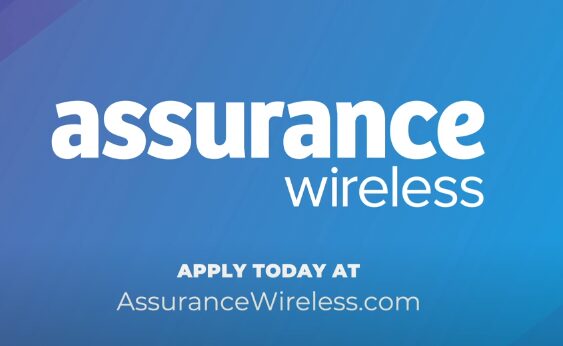
- Assurance Wireless – When it comes to a lifeline provider that marries quality with inclusivity, Assurance Wireless makes its presence felt. They’ve been setting benchmarks in the industry with a mission to bring the best to those who need it the most.
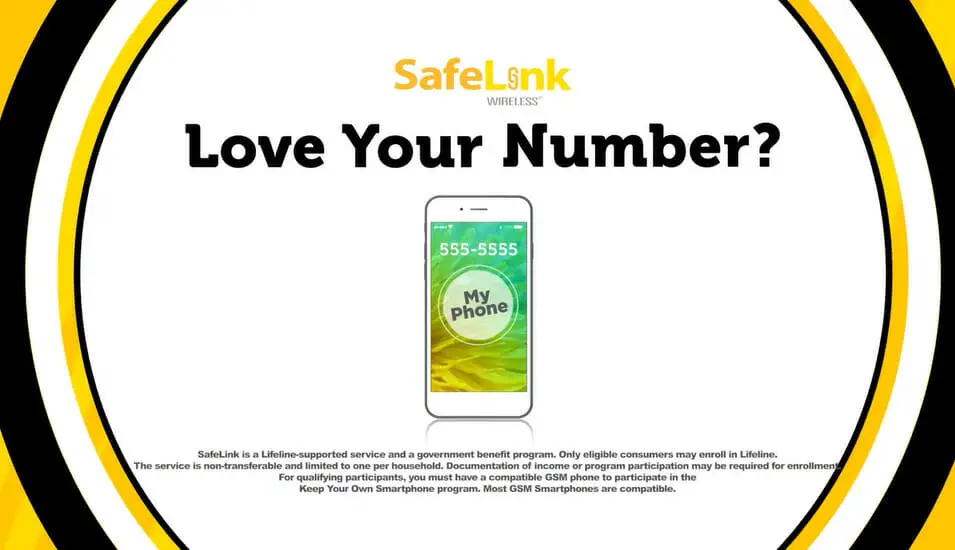
- Safe Link Wireless – Safe Link Wireless is synonymous with reliability. Their aim? Ensuring essential communication tools are accessible to everyone, especially those who might not have many other options.
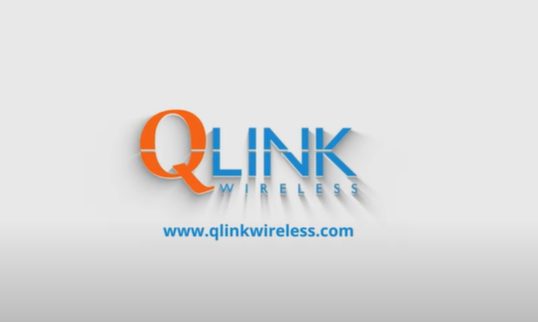
- Q Link Wireless – Q Link believes communication shouldn’t be a luxury. Their extensive network and well-tailored plans ensure everyone gets a piece of the connectivity pie.
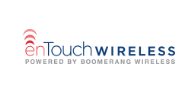
- EnTouch Wireless – Putting the ‘personal’ in personal communication, EnTouch Wireless knows the importance of a tailored experience. They aim to give you more than just a connection – they want an experience.
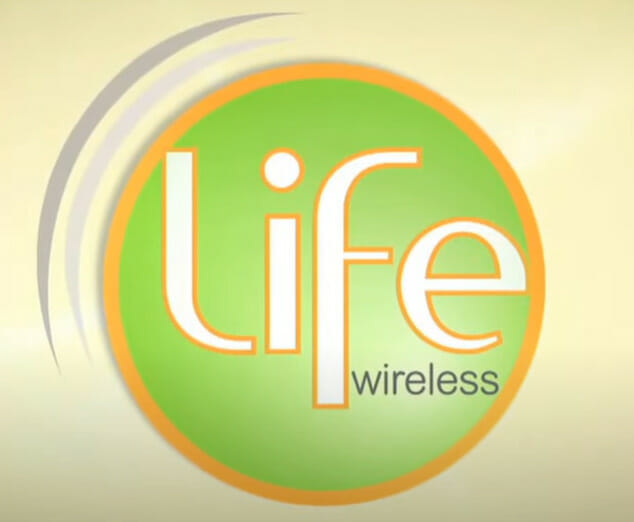
- Life Wireless – Life Wireless isn’t just about giving you a lifeline; it’s about ensuring the lifeline fits perfectly into your lifestyle. They focus on versatile plans that suit every individual’s needs.
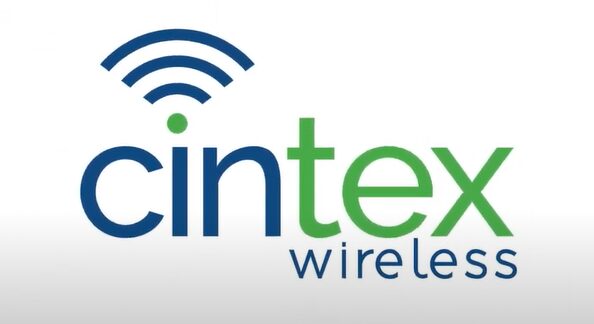
- Cintex Wireless – With a belief that flexibility is key in communication, Cintex Wireless emerges as a top contender. Their adaptable plans and commitment to innovation make them a favorite among many.
In a nutshell, these government cell phone service providers are truly worth exploring. Whether it’s their wide coverage areas or unique features, each has something special to offer.
Are You Eligible?
Navigating the path to eligibility for government cell phone services can feel like a bit of a maze. But don’t worry; I’m here to help shine some light on what it takes to qualify.
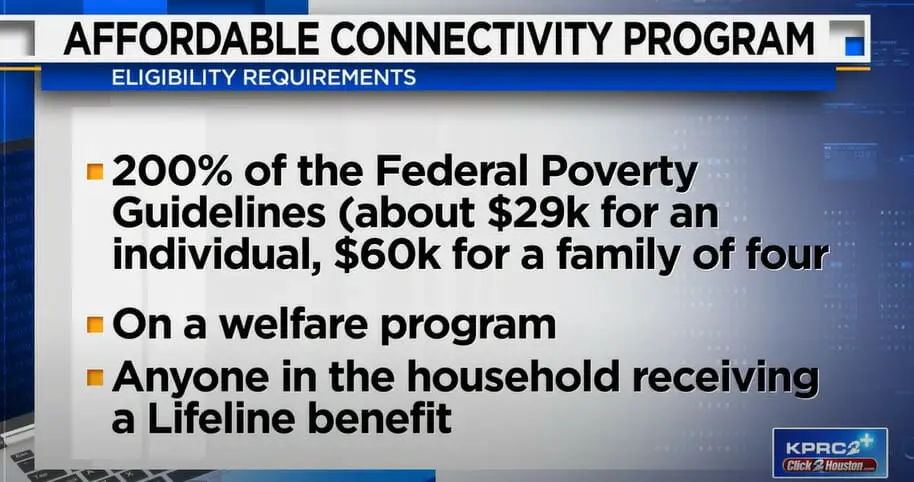
Federal Assistance Participation
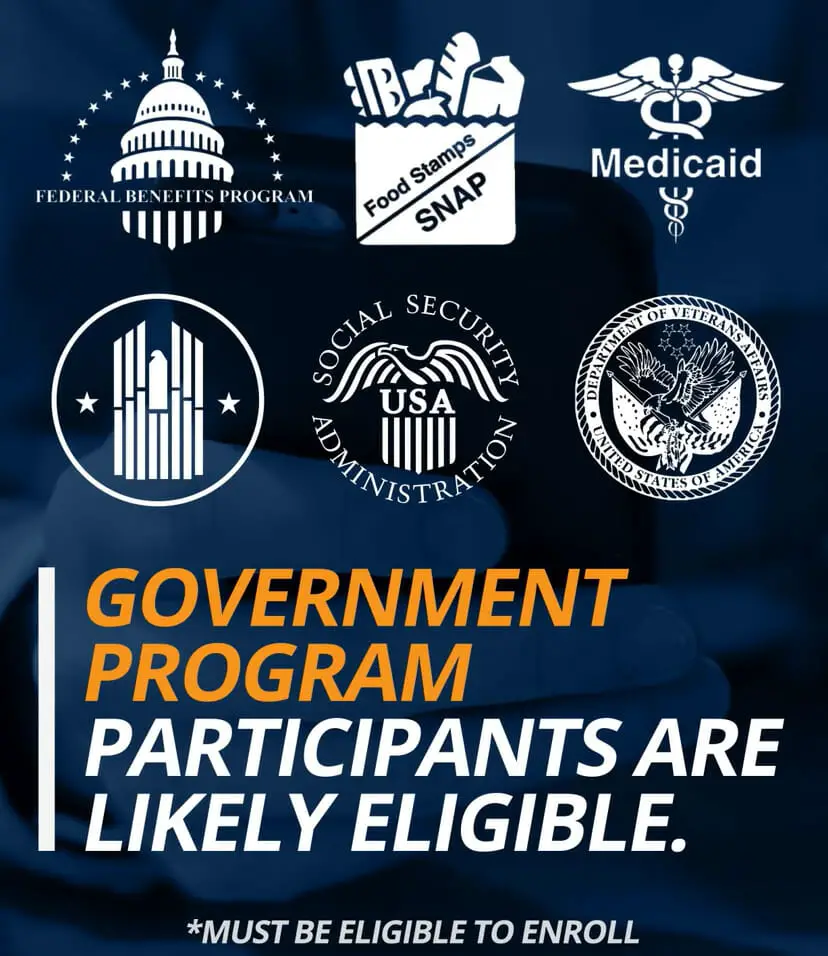
Let’s start with the basics. First off, you have to be part of a federal assistance program. We’re discussing programs like Medicaid, the Supplemental Nutrition Assistance Program (SNAP), and Federal Public Housing Assistance (FPHA).
If you’re in one of these programs, congrats! You’ve made your first step towards qualifying.
Basic Criteria Based on Income
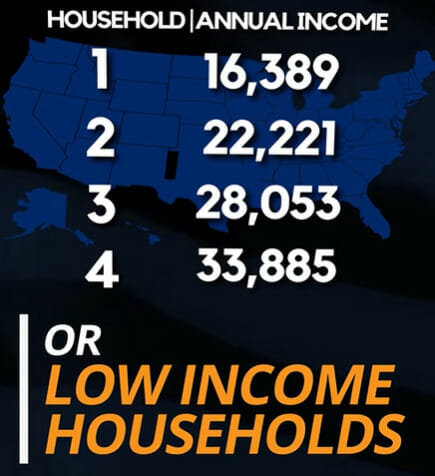
There’s another route too. What if you’re not part of any federal assistance program? Well, then, it all comes down to your household income level. Here’s where things can get technical.
Suppose your total household income is at or below 135% of the Federal Poverty Guidelines – bingo! You meet the eligibility criteria, too. The numbers change each year, so always check back for updates!
Required Documentation for Validation
Now that we’ve got the basics covered, let’s talk paperwork. It isn’t fun, but it’s necessary, folks! You’ll need documentation to prove that you’re eligible for this service.
- If you’re coming from the federal assistance route I mentioned earlier – your proof could be an award letter or benefit statement showing that you participate in one or more qualifying federal aid programs.
- Income-based applicants have their own set of rules, though. You’ll need something official like pay stubs or tax returns showing that your income meets those guidelines we discussed earlier.
Applying for Service: Step-by-Step
If you’re in the market for a government cell phone service provider, I’m here to help you understand the application process. It’s not as intimidating as it might seem. It’s pretty straightforward if you know what steps to take.
Step 1: Check your Eligibility
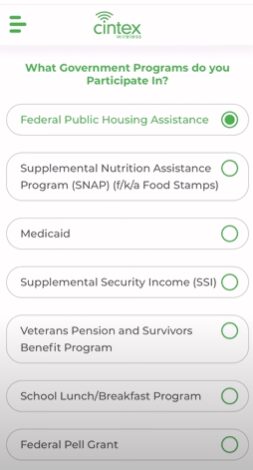
- Anyone who participates in federal assistance programs like Medicaid or Food Stamps (SNAP) typically qualifies for these services. However, rules vary from state to state, so checking with local agencies is important.
Step 2: Gather Necessary Documents
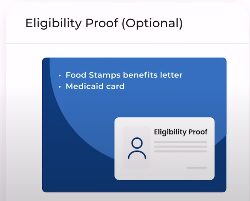
- Proof of participation in an assistance program is usually required – this could be anything from a benefits card to a letter from an agency. Be prepared: they’ll also ask for proof of identity and address.
Step 3: Look for Your Preferred Service Provider
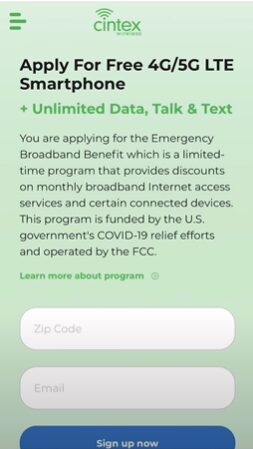
- Once all your ducks are in a row, paperwork-wise, it’s time to find a service provider. They’re not all created equal, though – some offer more minutes or better data plans than others. Shop around before making your choice!
Step 4: Submit your Application
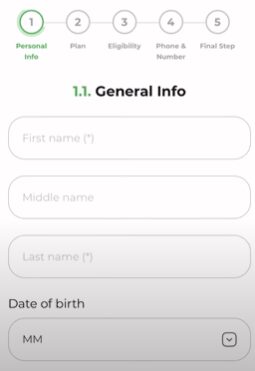
- Now that you’ve found your perfect fit, submit your application and all necessary documents online or through mail, depending on the provider’s process.
Step 5: Wait for Approval
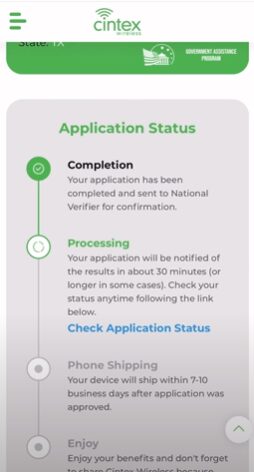
- And there we have it! You’ve successfully navigated the application process for government cell phone service providers. Remember: patience is key during this journey – processing times can take weeks to months.
The Perks: Why Choose Government-Subsidized Services?
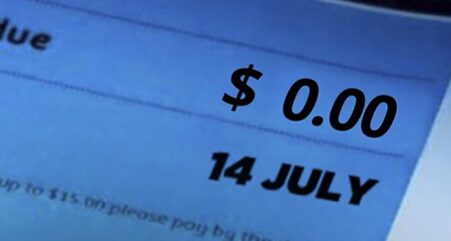
Let me tell you there are numerous benefits to using government-subsidized cell phone services. It’s not just about the low cost, although that’s a big part. These services are designed to help people who might otherwise struggle to afford basic necessities in today’s digital world.
- Affordability. Many households in America are still struggling with financial constraints, and these subsidized programs can be their lifeline. With plans starting at no cost for eligible customers, it doesn’t get much better than that!
- Accessibility. The government-subsidized cell phone service providers ensure that millions of Americans have access to emergency services and family communication regardless of income level or credit status.
- Jobs. Having reliable communication is crucial when job hunting or maintaining employment. Can you imagine trying to set up an interview without a phone? Or what if your boss needs to get hold of you quickly? This program ensures that won’t happen.
- Digital literacy. Customers can learn and develop digital skills necessary for today’s tech-driven society by providing access to smart devices and internet connectivity.
- Positive Economic Impact. These programs can be implemented by allowing more participation in online activities such as e-commerce, telework, and learning opportunities.
Before You Sign Up: Things to Keep in Mind
So, you’re thinking about signing up for a government cell phone service provider. Good on you! But before making that decision, there are a few things I’d suggest you consider.
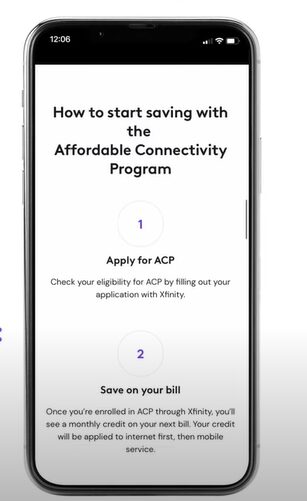
- Eligibility. Not everyone qualifies for these services. It’s typically reserved for low-income individuals or families under the Federal Poverty Guidelines. Check if you’re eligible before moving forward.
- Coverage. Sure, free phone service sounds great, but it won’t do much good if your area doesn’t have decent coverage by the provider. Research and compare the network coverage of different providers in your region.
- Customer service. We’ve all dealt with frustrating customer support at some point. So be sure to check out reviews and ratings for their customer service.
- Fine Print. Many government cell phone plans have specific terms and conditions like usage limits or mandatory top-ups after certain periods.
Frequently Asked Questions
- How much do I save with the Lifeline program?
- Hey, every penny counts, right? You’ll save up to $9.25 monthly; some states even offer extra discounts!
- What happens if I no longer qualify for the program?
- Life changes, and that’s okay! You must inform your provider if your circumstances change and you no longer meet the requirements.
- Can I change my service provider later on?
- Yes, you can switch to another provider. Ensure you understand any terms or conditions tied to your initial agreement.
- Do I have to renew my eligibility?
- Yes, indeed. Usually, you’ll need to recertify your eligibility every year. It’s a quick check to ensure you still qualify for the benefits.
- Can I add more minutes or data to my plan?
- Sure thing! Many providers allow you to purchase additional minutes or data if you run out. Check with your provider for the available top-up options.
- Are there any penalties for not using my phone regularly?
- Some providers require a minimum usage to keep the service active. If you don’t use the phone, they might consider your account dormant and could deactivate it. It’s always good to make a call or send a text now and then.
- What happens if my financial situation improves?
- Kudos on that! You should inform your provider if your income increases and you no longer qualify for the program. They’ll guide you on the next steps.
References
Website Resources:
- Lifeline Program Official Page. https://www.lifelinesupport.org/
- Federal Communications Commission (FCC). https://www.fcc.gov/
Video References:
KPRC 2 Click2Houston
Xfinity
Assurance Wireless
Safe Link Wireless
Q Link Wireless
Life Wireless
Cintex Wireless
Q Link Wireless
Cintex Wireless

